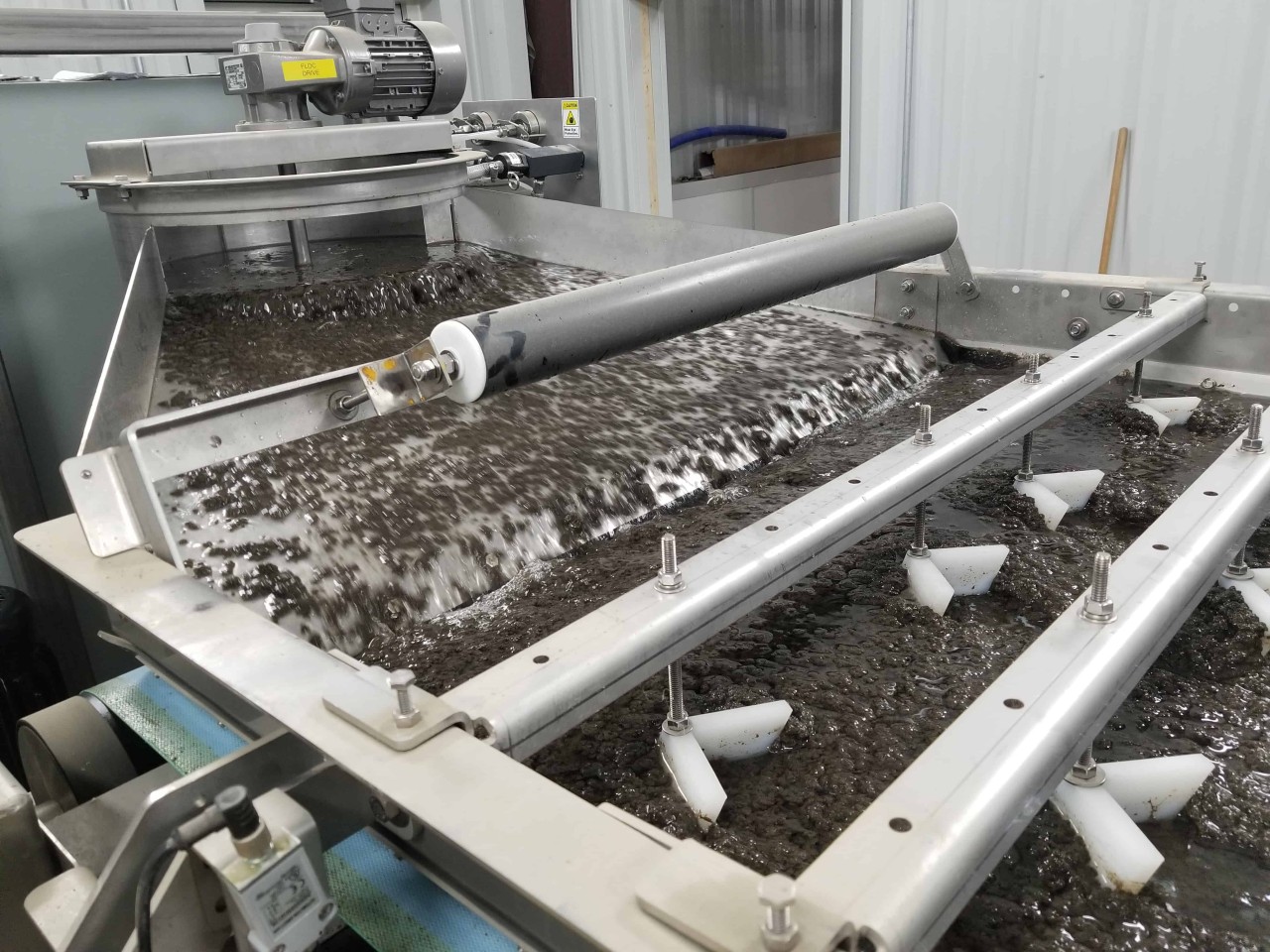Sludge management in wastewater treatment explained
Sewage sludge is a wastewater treatment byproduct, a semi-solid slurry of organic matter, trace chemicals and inorganic solids. The effective management, treatment and disposal of sewage sludge is a major challenge. Wastewater treatment plants (WWTPs) protect public health, surface waters and the surrounding environment by focusing on the three Rs of sludge management:
- Reduce the amount of sludge produced.
- Recover nutrients from the sludge.
- Reuse the stabilized sludge as a biosolid for land application.
Poorly designed sludge treatment and management systems lead to high maintenance and operational costs, penalties and plant shutdowns. Sludge management is at the core of the design and operation of all WWTPs.
Partnering with an experienced team of wastewater engineers can help municipalities devise custom and cost-effective sludge treatment strategies.
Sludge management in conventional wastewater treatment
The goal of sludge management is to reduce the volume of sludge and stabilize its organic matter. However, reaching this goal proves difficult because there are two sources of sludge in conventional municipal wastewater treatment.
- Primary sludge accumulates during the primary treatment of wastewater. This sludge contains a high concentration of decomposing microbes and inorganic matter.
- Waste-activated sludge (WAS) is produced during the secondary biological treatment stage through the activated sludge process. WAS contains organic matter and aerobic microbes.
Lowering sludge volumes reduces the cost of pumping and storage, and stabilization eliminates the toxic components and offensive odors from this unavoidable byproduct of wastewater treatment. The table below outlines how municipalities manage their sewage sludge.
Partnering with Fehr Graham for effective sludge management in wastewater treatment
To learn how Fehr Graham can help you with sludge management in wastewater treatment in your community, contact us or give us a call at 563.927.2060.
 |
Lucas Elsbernd, a Professional Engineer and Senior Project Manager, finds innovative solutions to challenging water and wastewater projects. He manages municipal, commercial and industrial planning and design projects in the water resources environment. He fosters a positive client experience and collaborates with leaders throughout the firm on project pursuits and technical issues. Lucas is one of the firm’s water and wastewater experts. He has a strong technical knowledge of water and wastewater treatment design and construction engineering. He can be reached at This email address is being protected from spambots. You need JavaScript enabled to view it.. or 563.927.2060. |


